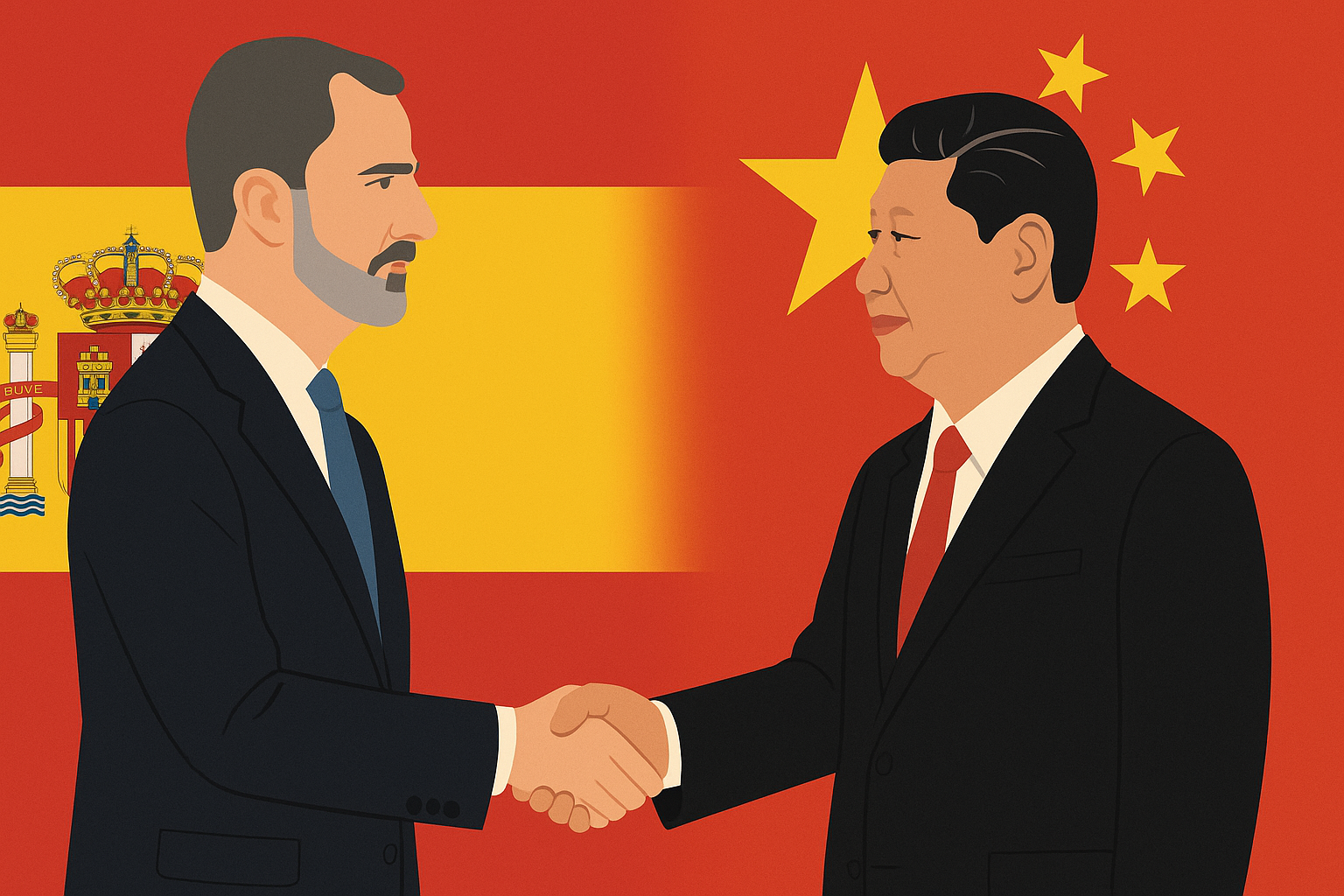As the clock ticks toward the UN’s annual climate conference (COP), EU member states remain divided over how ambitious the bloc’s next emissions target should be. Ambassadors are meeting in Brussels to negotiate the European Commission’s proposal for a 90% reduction in greenhouse gas emissions by 2040, but diplomats warn that consensus remains elusive.
A Contentious Target
The European Commission introduced the 2040 plan in February, describing it as a key milestone between the 2030 goal of cutting emissions by 55% and achieving net-zero by 2050. The EU, often seen as a global climate leader, must finalize a figure before COP begins on November 10.
However, several member states have expressed concern that such an ambitious target could strain their economies, especially during a period of industrial challenges and geopolitical uncertainty. “The discussions are tricky, and the balance is delicate,” one senior EU diplomat said, warning that even the 90% goal “might not emerge unscathed.”
Divided Bloc: Ambition vs. Caution
Countries such as Spain and the Nordic nations support maintaining a strong 90% target and are pushing for a united front to preserve the EU’s climate leadership.
In contrast, others—facing domestic economic pressures—prefer more flexibility or gradual implementation.
To bridge the divide, leaders have agreed to introduce a review clause, allowing the 2040 target to be reassessed later if needed. Member states would also gain sectoral exemptions, particularly for heavy industries that struggle to meet emissions goals.
France and Germany Hold the Key
As is often the case in major EU decisions, the stance of France and Germany will determine the outcome. French President Emmanuel Macron has proposed that up to 5% of the emissions reduction could come from international carbon credits, meaning the EU could fund decarbonization projects abroad and count them toward its domestic goals.
Germany’s coalition government, however, remains firm on allowing only 3% of credits and insists on adhering to its domestic commitments. German Environment Minister Carsten Schneider reaffirmed: “Germany supports a 90% target by 2040, as agreed in our coalition treaty and under the known conditions.”
If Berlin softens its stance, diplomats believe an agreement could finally be reached.
Broader European Context
This climate debate unfolds as Europe grapples with broader political shifts. In the Netherlands, Rob Jetten—leader of the centrist D66 party—is poised to become prime minister following a surprisingly strong electoral showing, signaling renewed centrist momentum amid far-right challenges across the continent.
Meanwhile in Italy, Prime Minister Giorgia Meloni secured final parliamentary approval for a controversial judicial reform, which critics warn could undermine judicial independence. Meloni defended the measure as a step toward efficiency and fairness, while opposition parties called it “an attempt to control judges.”
What’s Next
EU ministers are expected to meet on Tuesday for a decisive round of talks. Whether they can bridge differences between economic caution and environmental ambition will determine the bloc’s credibility at COP — and shape Europe’s long-term climate trajectory.
Would you like me to now turn this into a clean Axios-style infoscript (for infographic or video narration)? It can highlight the key takeaways — 2040 goal, country divides, and France-Germany’s pivotal role — in short, impactful sections.








